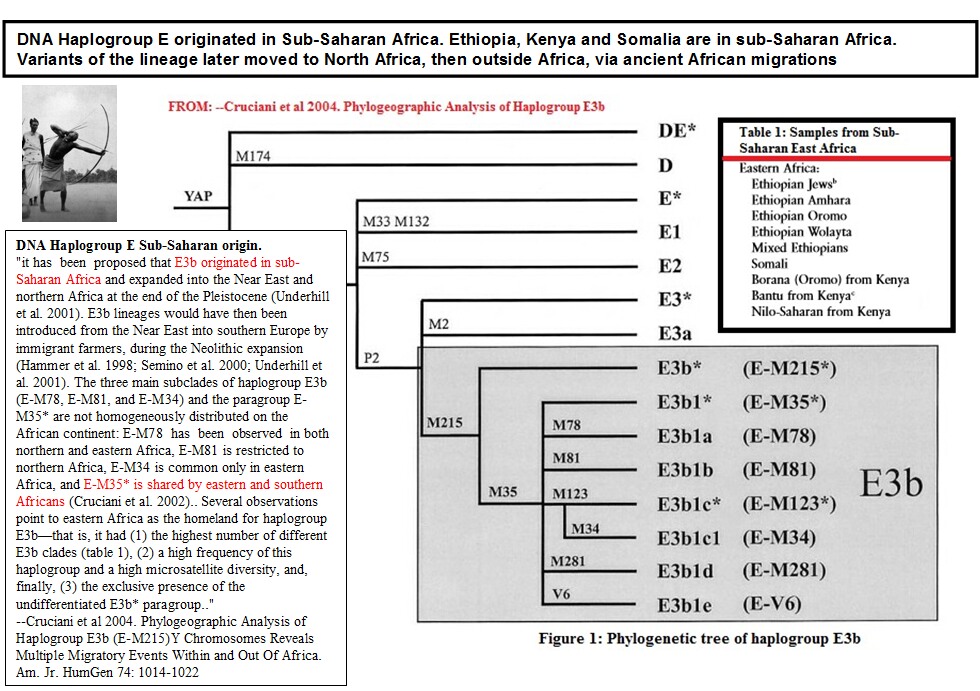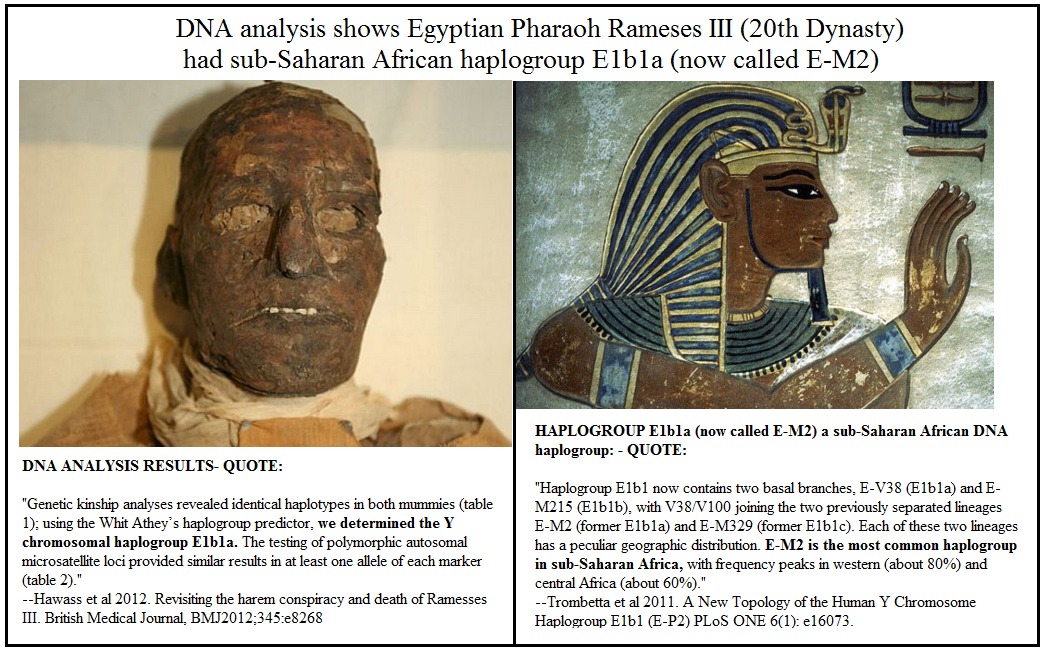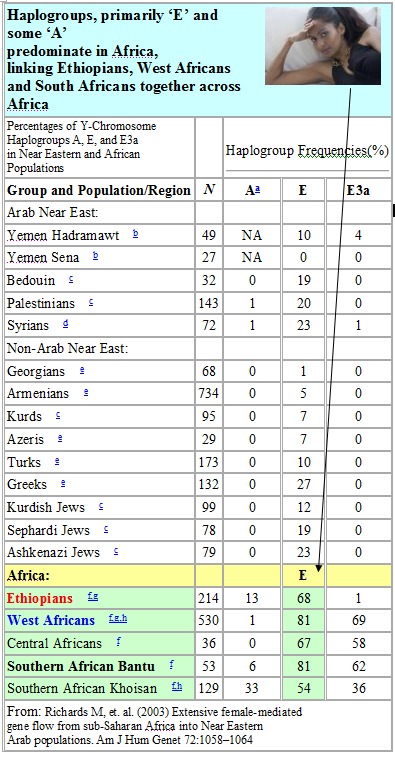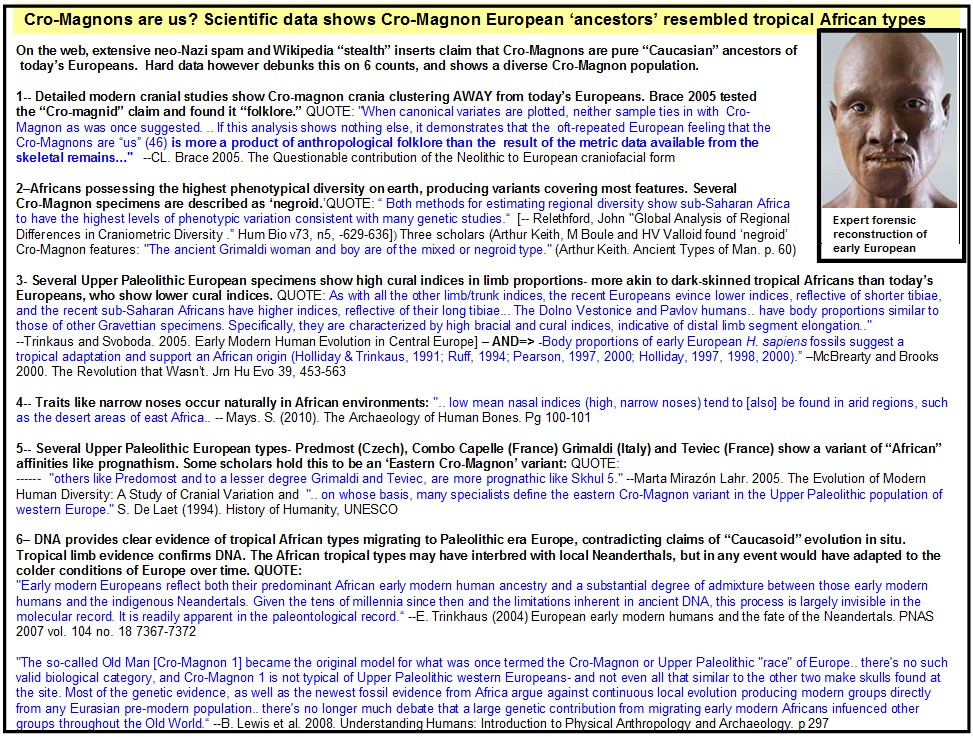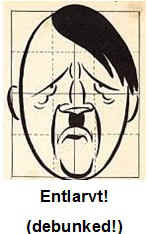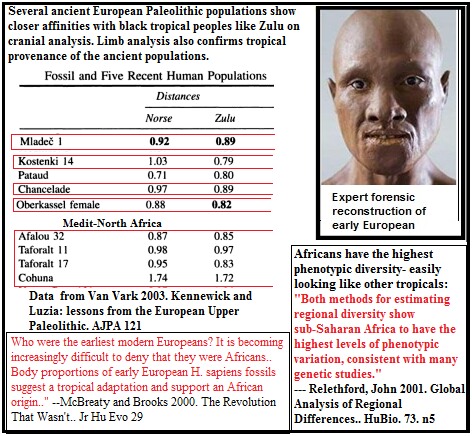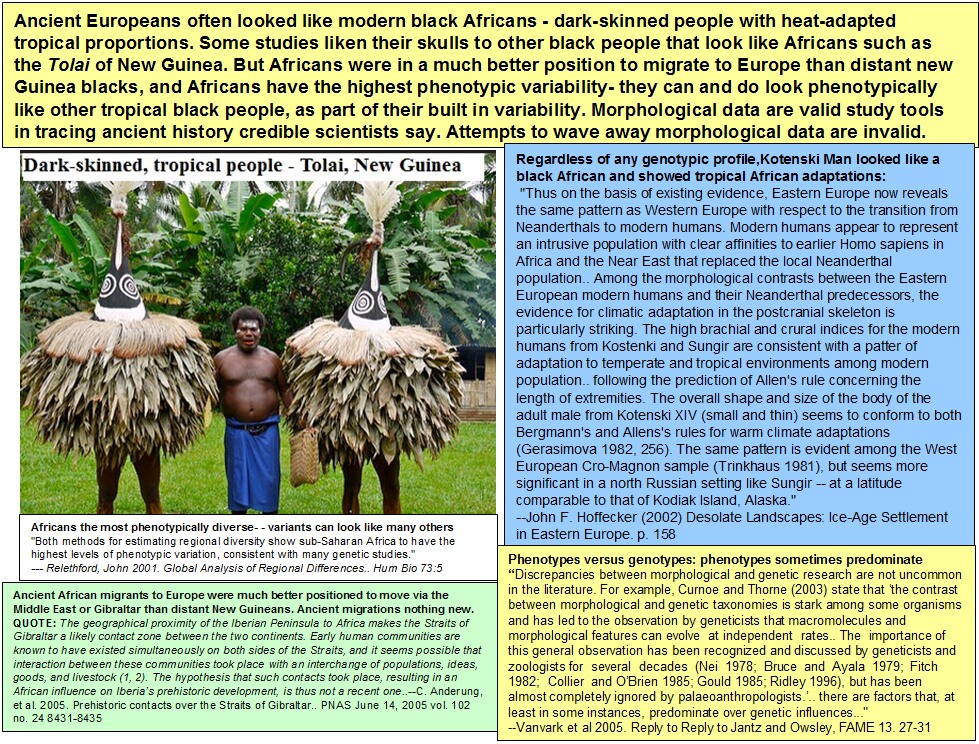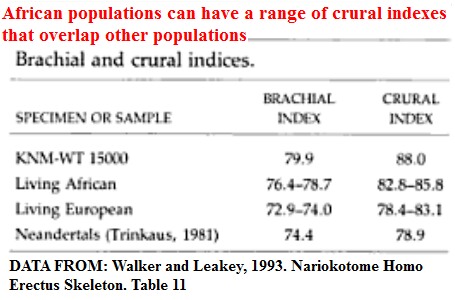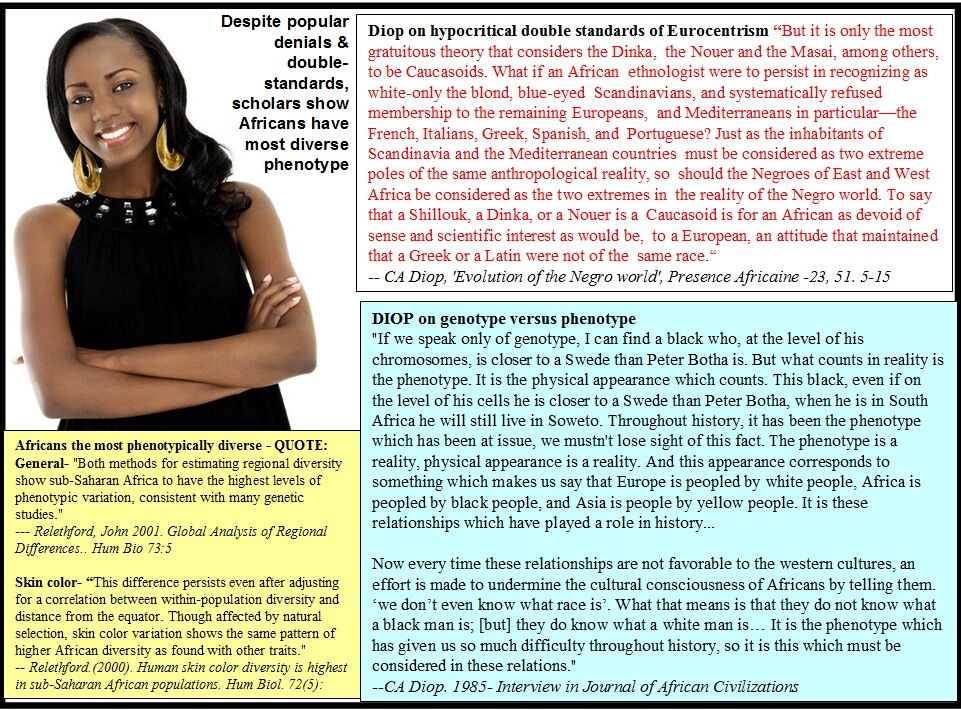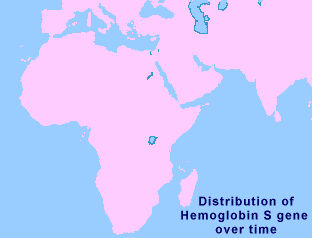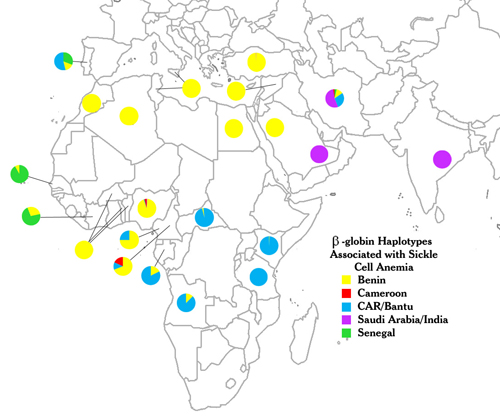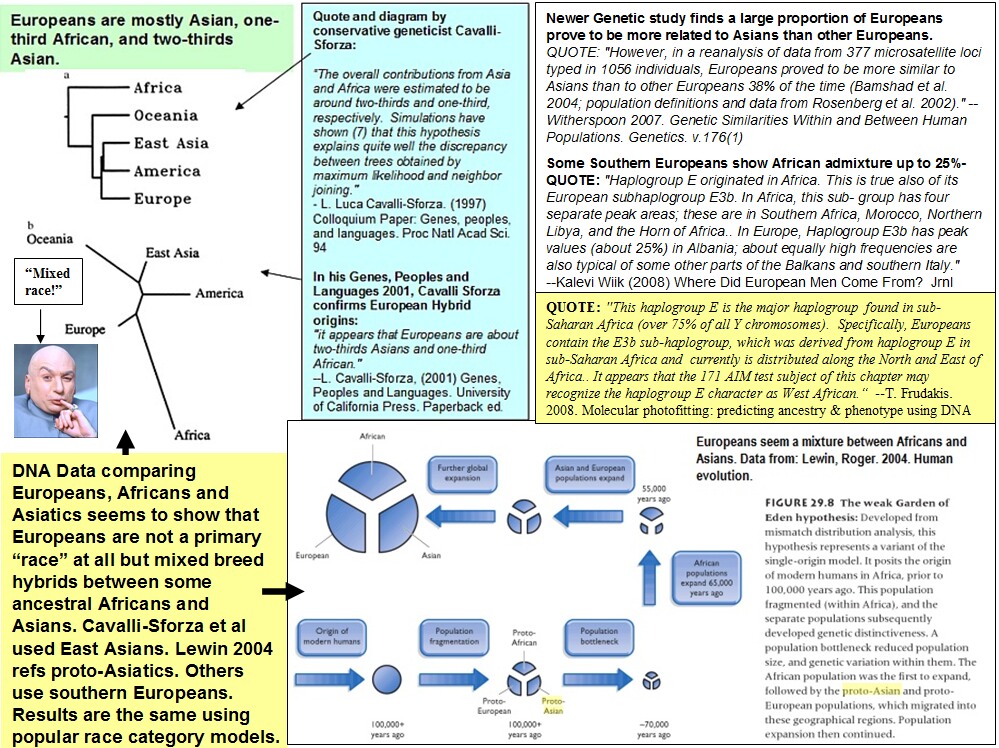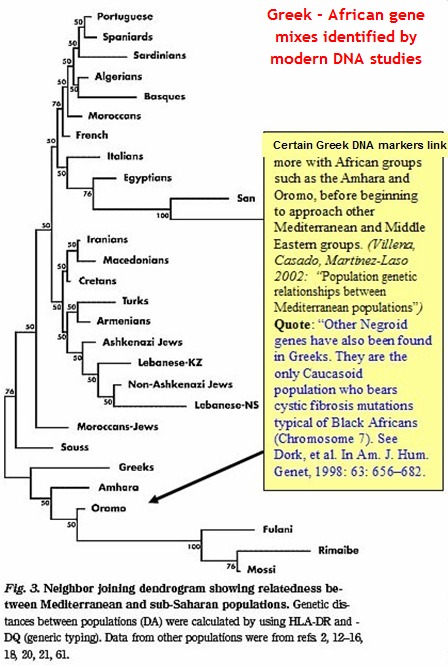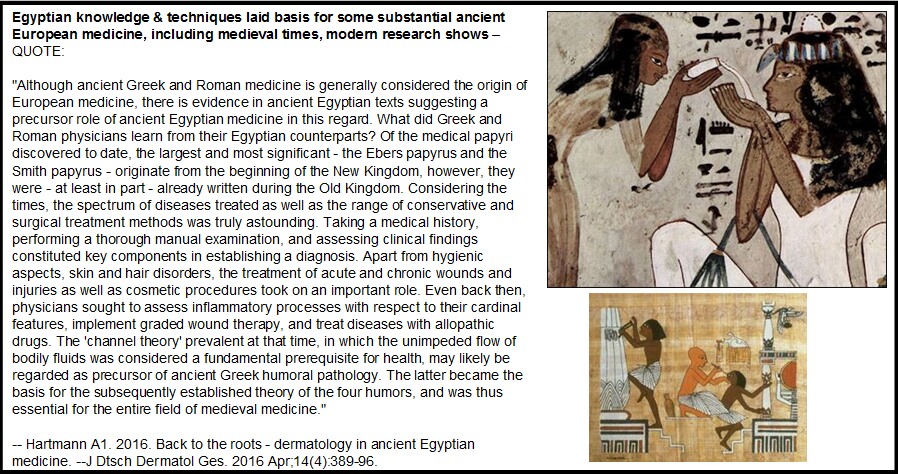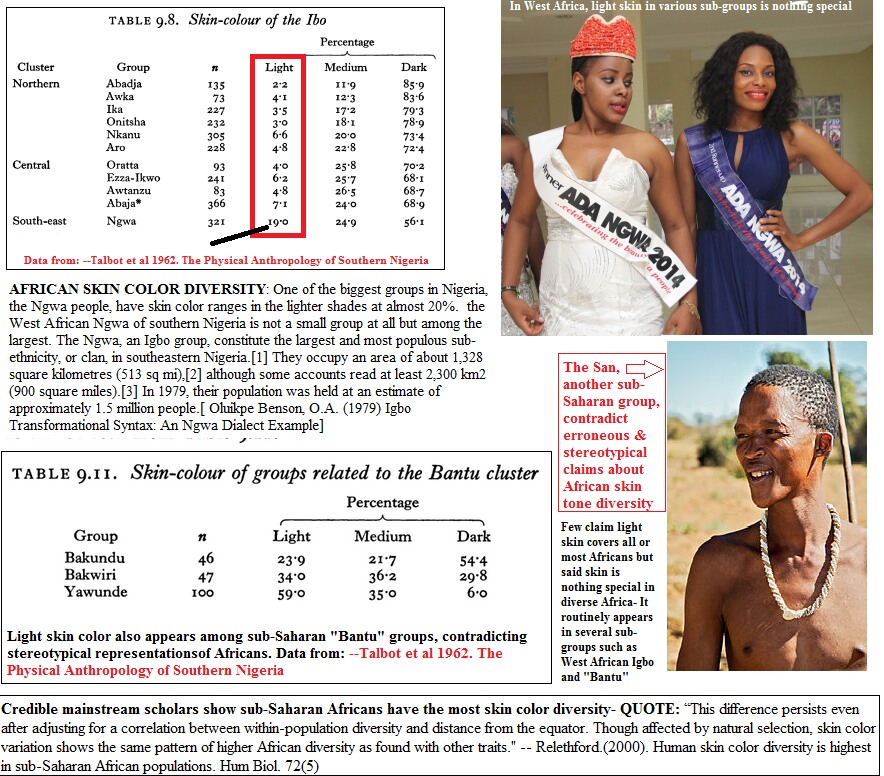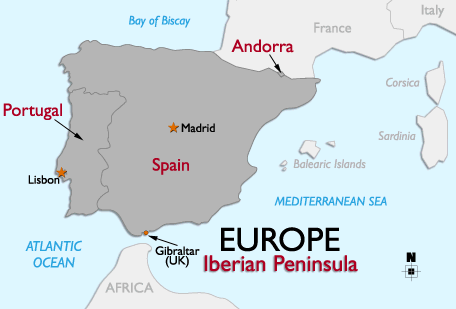Post by zarahan on Feb 25, 2016 19:29:47 GMT -5
If it is “reasonable” to classify people by race as some conservatives hold, then it is also reasonable to classify the Ancient Egyptians as Black, due to their physical appearance, and biological links with Egyptians. Conservative race and hereditarian scholars argue that race is easily apparent to ordinary people, therefore the concept of race is a valid, reasonable reality. Applying this same reasoning, it is easily apparent then, that many ancient Egyptians are black. Some conservative Egyptologists also say it is reasonable to consider Ancient Egyptians to be black under this common approach. Other conservative scholars like Mary Lefkowitz hold that using the American “one-drop” race rule, the Ancient Egyptians would be blacks.
Conservative racial hereditarian scholars Sarich and Miele in their book Race the Reality of Human Differences, appeals to the common sense and reasonableness of ordinary people in classifying race. Using societal rules no special expertise needed- QUOTE: "Ordinary people can and do divide Homo sapiens into a number of reasonably discrete groups on the basis of reasonably objective criteria. No special expertise is required… (pp-25-26)
“the most adversarial part of our complex society, not only continues to accept the existence of race, but also relies on the ability of the average individual to sort people into races” (p14). --Sarich and Miele 2002. Race: The Reality of Human Differences
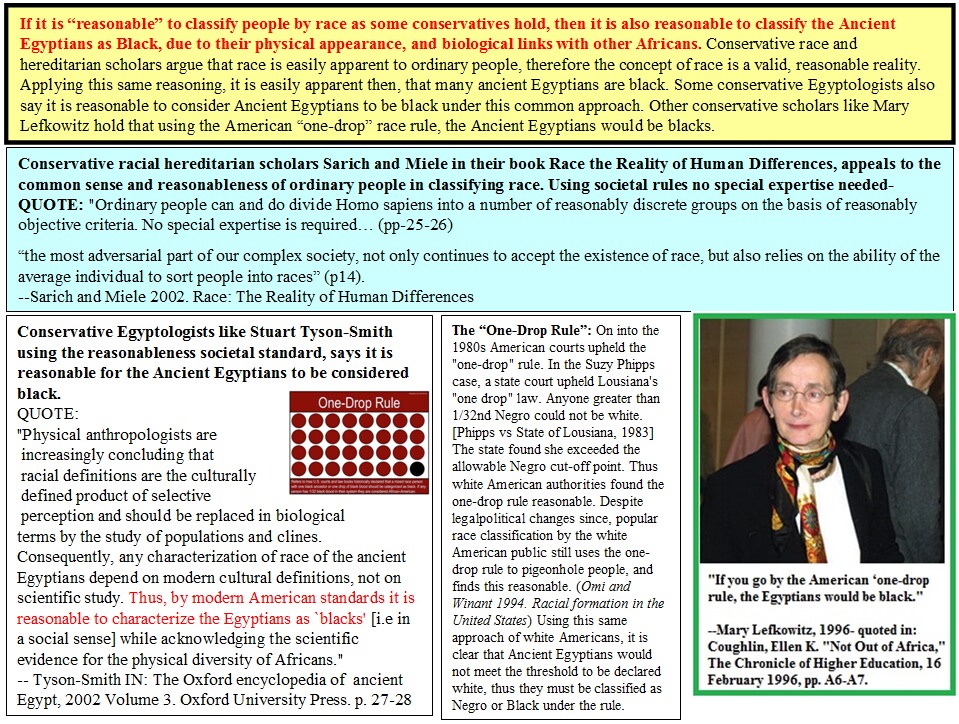
Conservative Egyptologists like Stuart Tyson-Smith using the reasonableness societal standard, says it is reasonable for the Ancient Egyptians to be considered black.
QUOTE:
"Physical anthropologists are increasingly concluding that racial definitions are the culturally defined product of selective perception and should be replaced in biological terms by the study of populations and clines. Consequently, any characterization of race of the ancient Egyptians depend on modern cultural definitions, not on scientific study. Thus, by modern American standards it is reasonable to characterize the Egyptians as `blacks' [i.e in a social sense] while acknowledging the scientific evidence for the physical diversity of Africans."
-- Tyson-Smith IN: The Oxford encyclopedia of ancient Egypt, 2002 Volume 3. Oxford University Press. p. 27-28
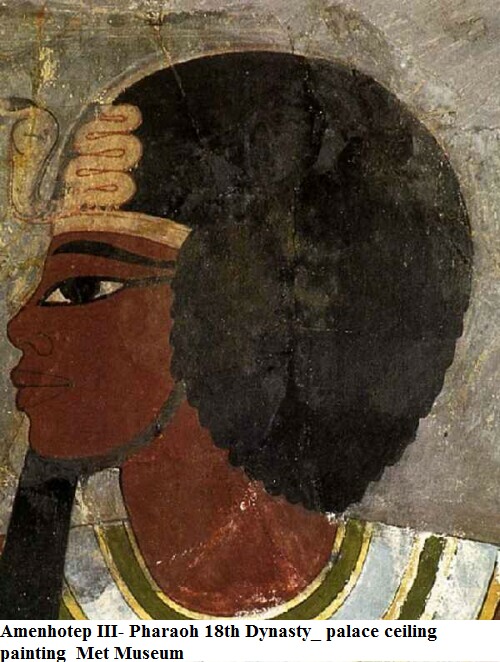
GALLERY OF DARK-SKINNED ANCIENT EGYPTIANS:
Dark skin is not "foreign" to Egypt. It has been there since Day 1. It does not rely on "Nubians" or
"the slave trade." It is not defined by the shop-worn "Nubians bearing gifts" images, but is part of
INDIGENOUS, NATIVE, BUILT-IN DIVERSITY, FROM THE EARLIEST SETTLEMENT of the Nile Valley. It is an
Egyptian population feature, long before any "Nubians" bearing gifts showed up.
egyptsearchreloaded.proboards.com/thread/15/basic-database-nile-valley-studies?page=9
The “One-Drop Rule”:
On into the 1980s American courts upheld the "one-drop" rule. In the Suzy Phipps case, a state court upheld Lousiana's "one drop" law. Anyone greater than 1/32nd Negro could not be white. [Phipps vs State of Lousiana, 1983] The state found she exceeded the allowable Negro cut-off point. Thus white American authorities found the one-drop rule reasonable. Despite lego-political changes since, popular race classifi-cation by the white American public still uses the one-drop rule to pigeonhole people, and finds this reasonable. (Omi and Winant 1994. Racial formation in the United States) Using this same approach of white Americans, it is clear that Ancient Egyptians would not meet the threshold to be declared white, thus they must be classified as Negro or Black under the rule.
Other conservative scholars like Mary Lefkowitz hold that using the American “one-drop” race rule, the Ancient Egyptians would be blacks.
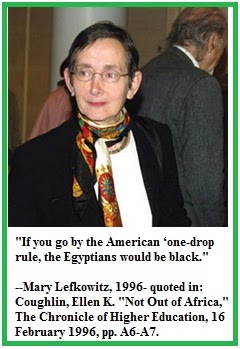
------------------------------------------------------------------------------------------------------
Credible scientific studies show that Africans have the greatest phenotypic diversity in the world, not just genetic. Therefore Africans don't "all look alike." They can vary- with narrow noses, light skin, hair in loose curls, etc. etc. ll these varying features are part of NATIVE, INDIGENOUS, BUILT-IN diversity of sub-Saharan Africans.
Most phenotypic variation – Quote:
"Both methods for estimating regional diversity show sub-Saharan Africa to have the highest levels of phenotypic variation, consistent with many genetic studies."
--- Relethford, John 2001. Global Analysis of Regional Differences.. Human Biology - V73, n5, pp. 629-636)
Most genetic diversity – Quote:
"Africa contains tremendous cultural, linguistic and genetic diversity, and has more than 2,000 distinct ethnic groups and languages.. Studies using mitochondrial (mt)DNA and nuclear DNA markers consistently indicate that Africa is the most genetically diverse region of the world."
---Tishkoff SA, Williams SM., Genetic analysis of African populations.. Nature Reviews Genetics. 2002 (8):611-21.)
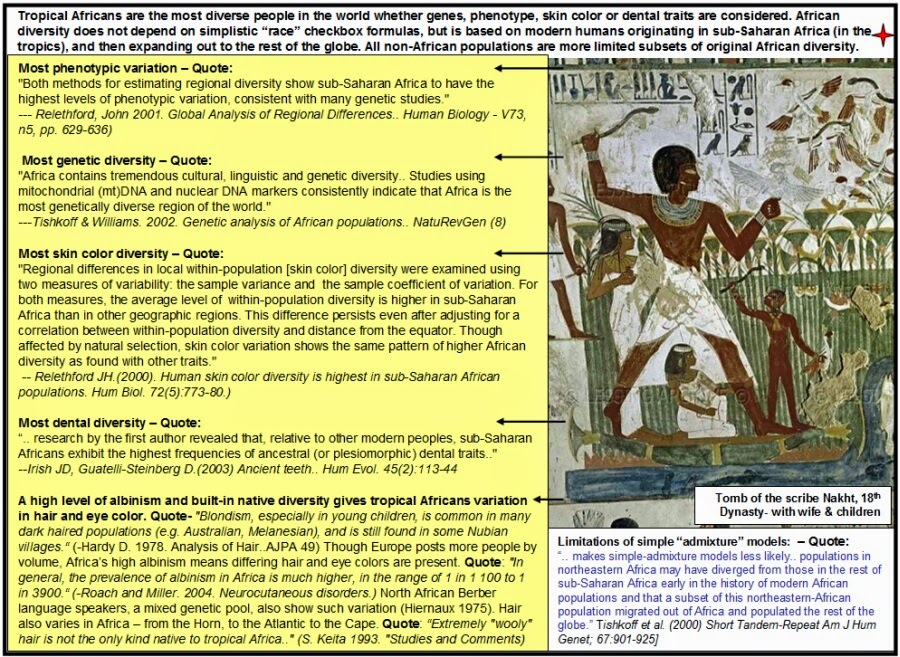
------------------------------------------------------------------------------------------
Genetic studies by some mainstream scientists suggest that Europeans are
not a primary "race" at all, but mixed hybrids, one-third African, two-thirds Asian.
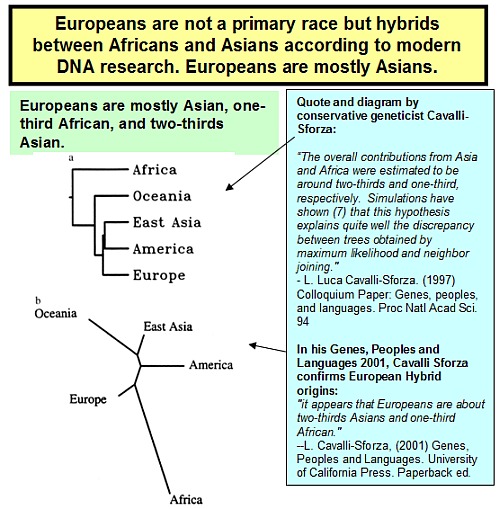
Some EUropean populations show African genetic mixtures- over 20% in some areas
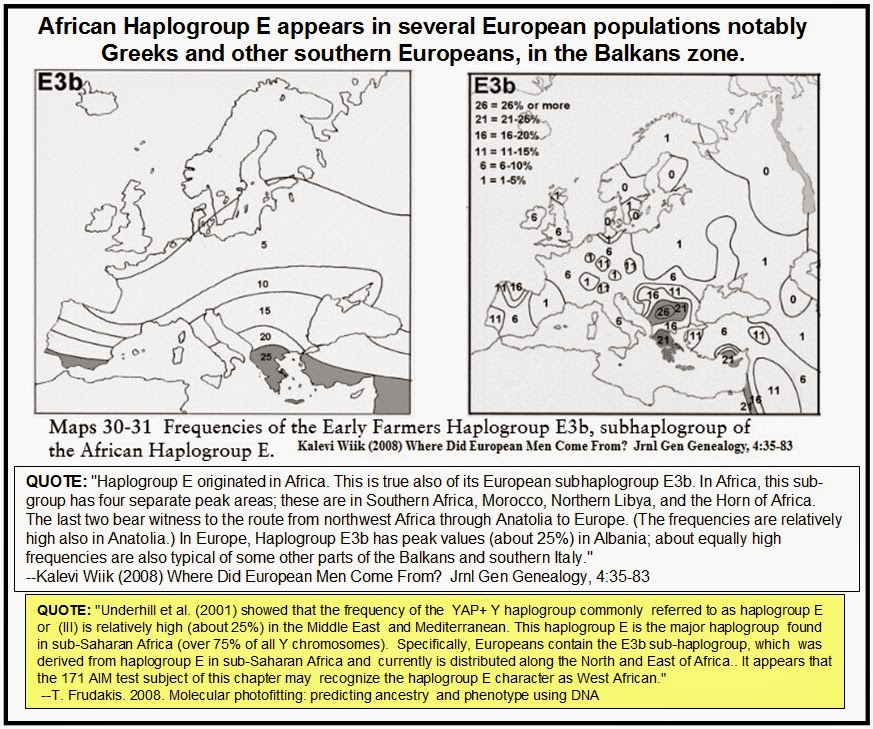
LINK: egyptsearchreloaded.proboards.com/post/13595
Conservative racial hereditarian scholars Sarich and Miele in their book Race the Reality of Human Differences, appeals to the common sense and reasonableness of ordinary people in classifying race. Using societal rules no special expertise needed- QUOTE: "Ordinary people can and do divide Homo sapiens into a number of reasonably discrete groups on the basis of reasonably objective criteria. No special expertise is required… (pp-25-26)
“the most adversarial part of our complex society, not only continues to accept the existence of race, but also relies on the ability of the average individual to sort people into races” (p14). --Sarich and Miele 2002. Race: The Reality of Human Differences

Conservative Egyptologists like Stuart Tyson-Smith using the reasonableness societal standard, says it is reasonable for the Ancient Egyptians to be considered black.
QUOTE:
"Physical anthropologists are increasingly concluding that racial definitions are the culturally defined product of selective perception and should be replaced in biological terms by the study of populations and clines. Consequently, any characterization of race of the ancient Egyptians depend on modern cultural definitions, not on scientific study. Thus, by modern American standards it is reasonable to characterize the Egyptians as `blacks' [i.e in a social sense] while acknowledging the scientific evidence for the physical diversity of Africans."
-- Tyson-Smith IN: The Oxford encyclopedia of ancient Egypt, 2002 Volume 3. Oxford University Press. p. 27-28

GALLERY OF DARK-SKINNED ANCIENT EGYPTIANS:
Dark skin is not "foreign" to Egypt. It has been there since Day 1. It does not rely on "Nubians" or
"the slave trade." It is not defined by the shop-worn "Nubians bearing gifts" images, but is part of
INDIGENOUS, NATIVE, BUILT-IN DIVERSITY, FROM THE EARLIEST SETTLEMENT of the Nile Valley. It is an
Egyptian population feature, long before any "Nubians" bearing gifts showed up.
egyptsearchreloaded.proboards.com/thread/15/basic-database-nile-valley-studies?page=9
The “One-Drop Rule”:
On into the 1980s American courts upheld the "one-drop" rule. In the Suzy Phipps case, a state court upheld Lousiana's "one drop" law. Anyone greater than 1/32nd Negro could not be white. [Phipps vs State of Lousiana, 1983] The state found she exceeded the allowable Negro cut-off point. Thus white American authorities found the one-drop rule reasonable. Despite lego-political changes since, popular race classifi-cation by the white American public still uses the one-drop rule to pigeonhole people, and finds this reasonable. (Omi and Winant 1994. Racial formation in the United States) Using this same approach of white Americans, it is clear that Ancient Egyptians would not meet the threshold to be declared white, thus they must be classified as Negro or Black under the rule.
Other conservative scholars like Mary Lefkowitz hold that using the American “one-drop” race rule, the Ancient Egyptians would be blacks.

------------------------------------------------------------------------------------------------------
Credible scientific studies show that Africans have the greatest phenotypic diversity in the world, not just genetic. Therefore Africans don't "all look alike." They can vary- with narrow noses, light skin, hair in loose curls, etc. etc. ll these varying features are part of NATIVE, INDIGENOUS, BUILT-IN diversity of sub-Saharan Africans.
Most phenotypic variation – Quote:
"Both methods for estimating regional diversity show sub-Saharan Africa to have the highest levels of phenotypic variation, consistent with many genetic studies."
--- Relethford, John 2001. Global Analysis of Regional Differences.. Human Biology - V73, n5, pp. 629-636)
Most genetic diversity – Quote:
"Africa contains tremendous cultural, linguistic and genetic diversity, and has more than 2,000 distinct ethnic groups and languages.. Studies using mitochondrial (mt)DNA and nuclear DNA markers consistently indicate that Africa is the most genetically diverse region of the world."
---Tishkoff SA, Williams SM., Genetic analysis of African populations.. Nature Reviews Genetics. 2002 (8):611-21.)

------------------------------------------------------------------------------------------
Genetic studies by some mainstream scientists suggest that Europeans are
not a primary "race" at all, but mixed hybrids, one-third African, two-thirds Asian.

Some EUropean populations show African genetic mixtures- over 20% in some areas

LINK: egyptsearchreloaded.proboards.com/post/13595

